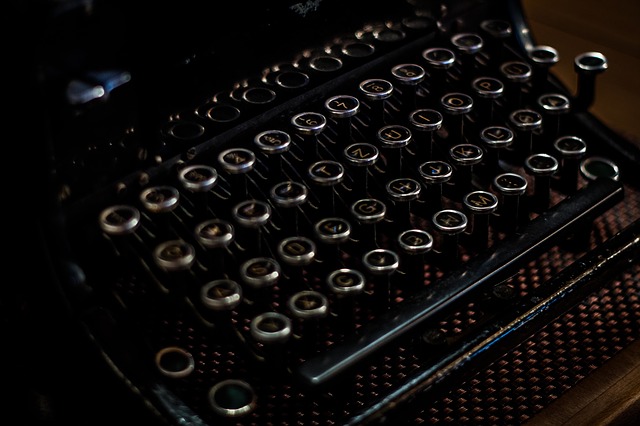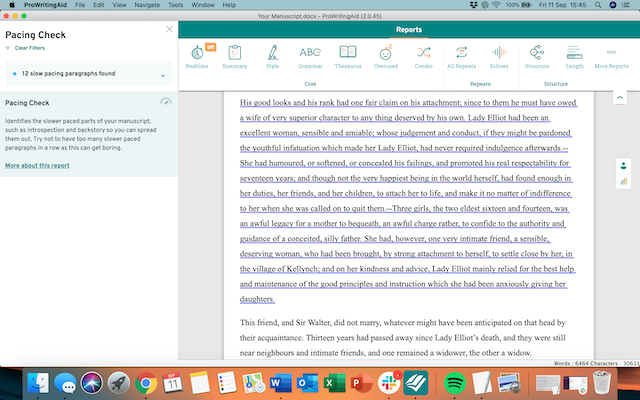
The Merriam-Webster Dictionary defines exposition as "a setting forth of the meaning or purpose".
You, young writer, begin writing a story. You have your characters, your setting, your plot – you can’t wait to paint a picture with your words.
Caution, young writer! There is a simple truth to writing that must be considered before you begin putting your masterpiece on the page.
Exposition
Any and all storytelling requires exposition – the explanation of how Character X got from Point A to Point B and then later to Point C.
In other words, exposition provides crucial information about the characters, their motives and the setting of your story. Expository writing is often criticised for over-explaining a situation, yet it’s one of the most important aspects of all writing genres.
Good writing is actually the same thing as good exposition. Expository passages are where you cultivate your voice, and there are many ways to successfully “‘set forth the meaning and purpose” of your story.
Here is a famous example:
Two households, both alike in dignity
In fair Verona, where we lay our scene
From ancient grudge break to new mutiny,
Where civil blood makes civil hands unclean.
Shakespeare is a master of exposition, as you can see from the above excerpt from Romeo and Juliet.
From these four lines (which combine to complete one single sentence) we learn where the play is set (Verona, Italy), the background of the characters in the tale (wealthy, civilized,) and the very basic premise of the conflict (warring households).
The other key aspect of this example is that it leaves plenty to be revealed. We don’t know who the central characters are exactly, and we don’t know what violent event erupts from the conflict – but we want to!
The expository nature of the opening lines of the play set the scene, and pique our interest in the story.
The Dos and Don’ts of Exposition
When writing exposition there are some simple “dos” and “don’ts”.
DO use vivid descriptions to relay important information to your reader.
DO use dialogue as a way to explore character motive and conflict.
DO use the actions of your characters to tell the story.
DON’T over-explain the actions and situations your characters find themselves in.
DON’T explain everything at once, rather let your story unfold organically.
In Summary
As you can see, exposition is critically important to master when writing a story.
You may have multi-dimensional characters and a riveting plot, but without expository writing skills, you are lost. Without exposition, the story you want to tell is just a jumble of random things that happen.
The broadness of expository writing gives you a chance to play with style, voice and intention. You can find your voice in your exposition, instead of losing your characters in a meandering tale that only makes sense inside your head.
Explore, play, have fun! Keep your story moving forward – your writing will follow.
Worried about getting the balance right?
ProWritingAid’s Pacing Check finds those areas in your writing that are paced more slowly so that you can spread them out. Too many slower paced paragraphs in a row and your reader’s attention may wane.
When you run the Pacing Check, the software will highlight areas it identifies as introspection and backstory. Think of the Pacing Check as a tool you can use to learn more about your manuscript, rather than a dictator telling you to change everything. Just because a paragraph is highlighted doesn't mean it needs changing.

However, if several paragraphs are highlighted in sequence, it might be a good idea to break them up with some action. Use ProWritingAid to help speed up the editing process.

